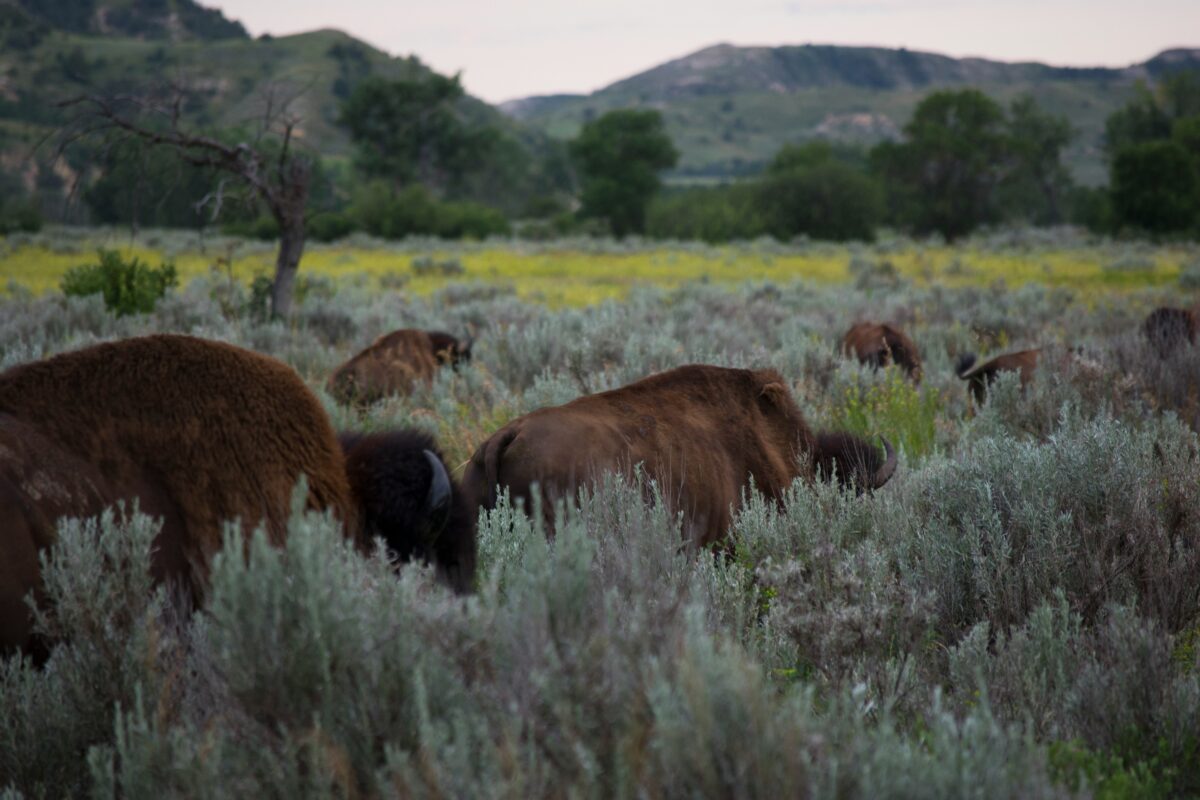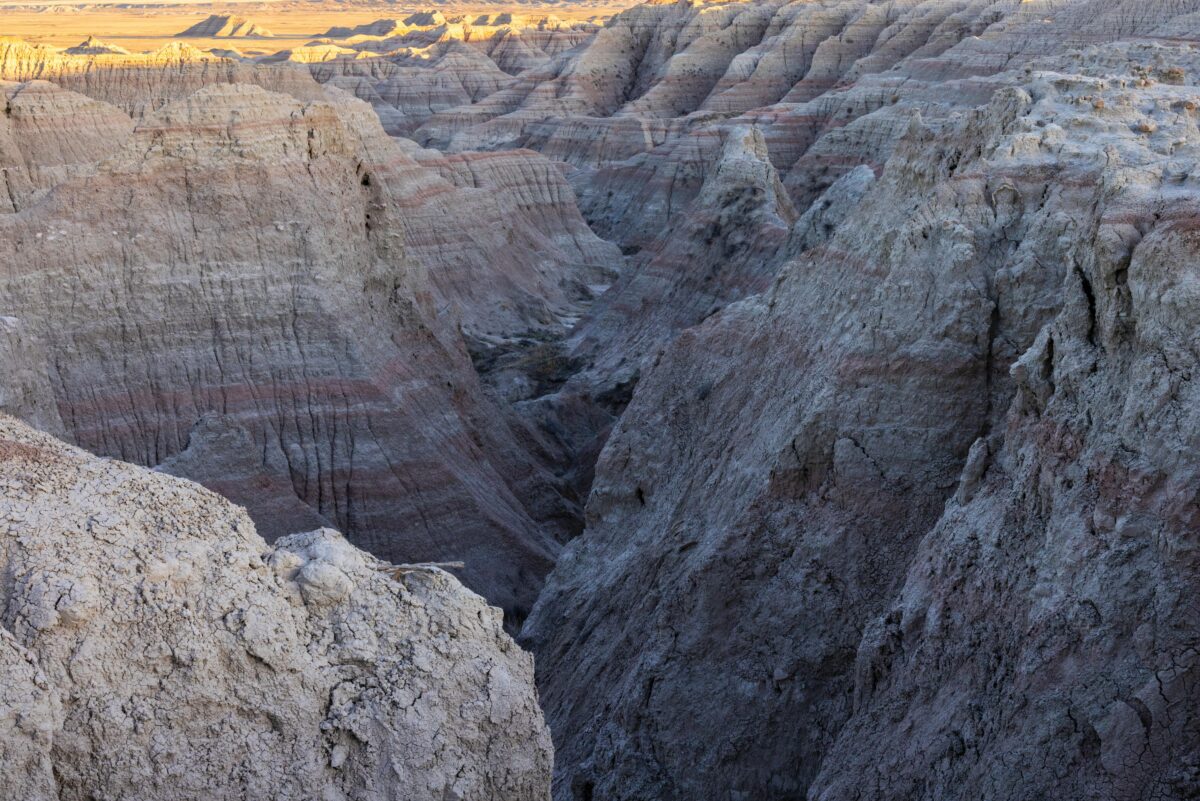About South Dakota Sport Fishing
Sportfishing in South Dakota is more than a pastime—it’s an immersion in the natural and cultural history of the Great Plains. The land here ranges from the rolling buffalo ranges still roamed by herds of bison, to the otherworldly hoodoos of Badlands National Park in the state’s southwest. History remains vivid: long before settlers arrived, the Dakota, Nakota, and Lakota Sioux—as well as the Arikara and other Indigenous peoples—relied on the Missouri River, prairie sloughs, and springs for for fishing, developing ingenious methods such as willow fish traps and natural weirs to feed their people. Sitting Bull, the renowned Sioux warrior and chief, lived largely in the region that became South Dakota.
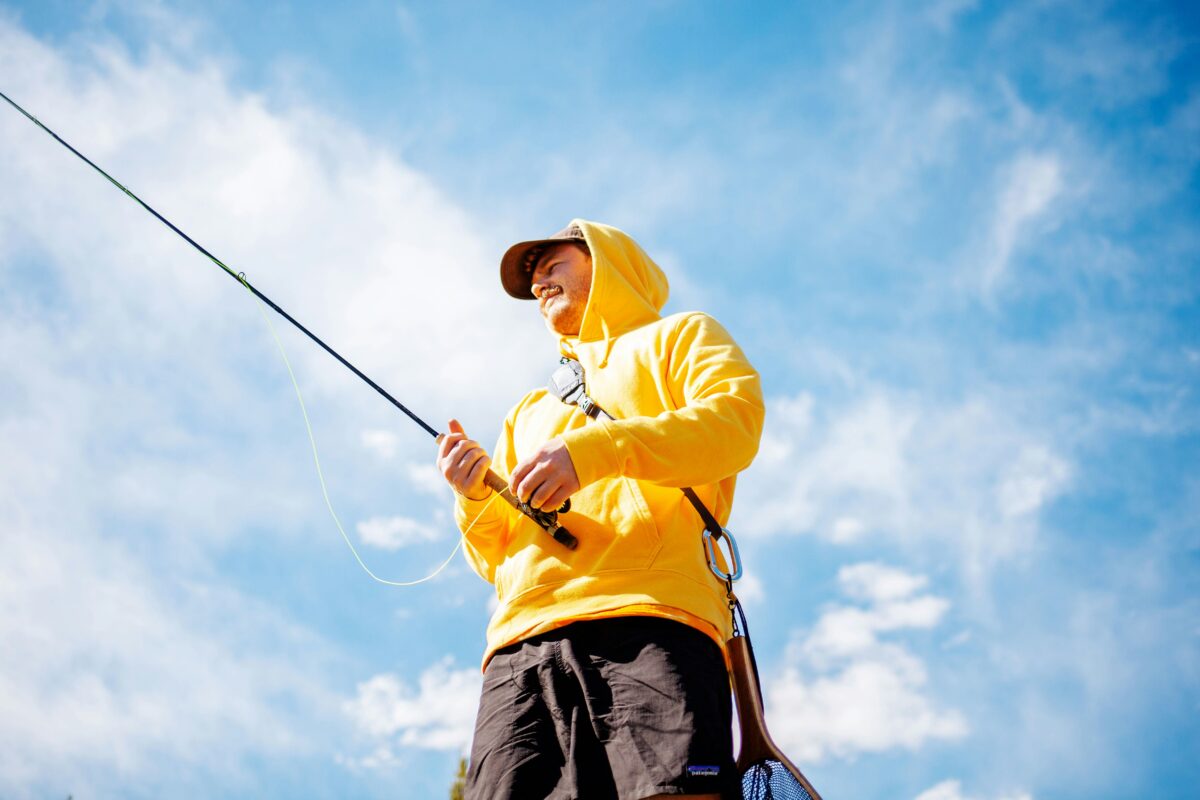 The confluence of the major rivers has, for generations, supported not only fish but also the bison, deer, and the now iconic Bighorn Sheep. The Badlands National Park contains 379 square miles of craggy buttes, pinnacles and saw-tooth divides, lying in the semi-arid region between the Cheyenne and White rivers. Great bison herds can be found in Custer State Park, Wolakota Buffalo Range, located on the Rosebud Sioux Indian Reservation, and the Badlands. South Dakota is also home to Mount Rushmore, located in the Black Hills.
The confluence of the major rivers has, for generations, supported not only fish but also the bison, deer, and the now iconic Bighorn Sheep. The Badlands National Park contains 379 square miles of craggy buttes, pinnacles and saw-tooth divides, lying in the semi-arid region between the Cheyenne and White rivers. Great bison herds can be found in Custer State Park, Wolakota Buffalo Range, located on the Rosebud Sioux Indian Reservation, and the Badlands. South Dakota is also home to Mount Rushmore, located in the Black Hills.
South Dakota’s fishing is marvellously diverse, sources as varied as glacial lakes, the Missouri reservoirs, and Black Hills trout streams. With ice-fishing opportunities in areas like Lake Thompson, the Black Hills, Lake Poinsett, fishing can be enjoyed year-round . Trophy fishing is rich, for seasoned and novice sports fishers alike, with a recent upsurge in trophy northern pike. Local bait shops are a great source of information and resources: like in North Dakota, fishing for locals isn’t just a pursuit, but part of how communities live, an integral part of the state’s culture.
WHAT TO CATCH
South Dakota boasts vibrant, accessible fisheries for nearly every angling style:
- Walleye—The state’s signature gamefish, found in lakes and rivers everywhere, but especially abundant along the Missouri River and Lake Oahe. Coveted for their flavor and fighting spirit.
- Northern Pike—Ferocious and fast, these ambush predators lurk in weedy bays and shallow sloughs, often growing to impressive size – there has been a recent surge of trophy pike!
- Smallmouth & Largemouth Bass—South Dakota’s glacial lakes and the Missouri river system are prime for smallmouths, while largemouths favor the warmer shallows and backwaters.
- Yellow Perch, Crappie, Bluegill, Sunfish—Accessible and prolific panfish for family-friendly dining or winter ice fishing.
- Trout (Rainbow, Brown, Brook)—The pristine creeks and streams of the Black Hills provide one of the Midwest’s most unique trout fisheries, ideal for dry fly enthusiasts and fisherman seeking the solitude of the wilds.
- Channel Catfish—Big river bends and deep reservoirs are home to thriving populations of this hard-fighting species.
FRESHWATER FISHING LANDSCAPE
With the Missouri River forming the backbone of the state, South Dakota boasts one of the richest collections of freshwater fisheries in the U.S. Reservoirs like Lake Oahe, Lake Sharpe, Lake Francis Case and Lewis and Clark Lake are nationally renowned for walleye and pike, while over a thousand smaller lakes, potholes, and prairie sloughs offer often secluded shorelines rich with perch and bass. In the Black Hills, streams supply cool, clear water for wild trout—the cover of the forests offer a striking contrast to the wide-open plains in the rest of the state. Northeastern South Dakota has over 120 glacial lakes, like Waubay and Bitter Lakes, hotspots for perch, walleye and crappie.
 SEASONS FOR ANGLERS
SEASONS FOR ANGLERS
Fishing in South Dakota is a year-round pursuit:
- Spring (March–May): Ice-out of lakes and rivers sparks aggressive feeding, especially for northern pike and emerging walleye.
- Streams swollen with rain and runoff mean many fishing opportunities.
- Summer (June–August): Warm water makes for ideal fishing at sunrise and sunset. Bass, catfish, and panfish are in their prime, especially in the glacial lakes and river channels.
- Fall (September–November): The prairie reaches maturity and turns gold, and the fish feed voraciously before winter. Trophy pike, perch, and walleye catches become much more easy to find and catch.
- Winter (December–February): Ice fishing is a South Dakota tradition on lakes statewide, with perch, walleye, and bluegill available for the patient and the hardy.
FISHING REGULATIONS & LICENSES
All anglers aged 18 and over require a valid South Dakota fishing license, available as daily, annual, or combination hunting-and-fishing permits. A habitat stamp is required for most annual licenses, supporting ongoing conservation efforts on public lands and waterways9. Special regulations apply to setlines, hoop nets, and snagging for species like paddlefish, and some limits vary by region or season—always consult the South Dakota Game, Fish & Parks website for up-to-date rules. Children under 18 may fish without a license, making it easy for families to enjoy the water together.
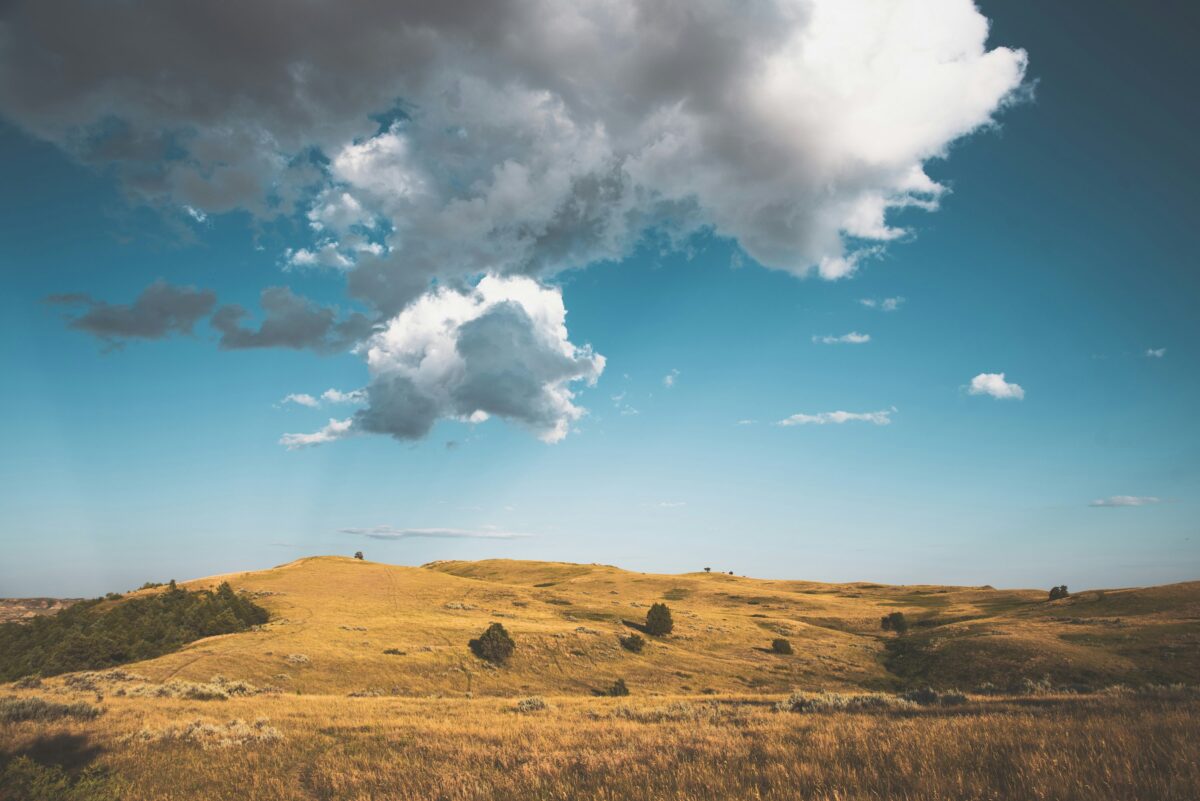
Common Daily Limits for Key Species
Species | Daily Limit | Notes |
Walleye | 4 (only 1 ≥ 20″) | Varies by lake; 15″ minimum size common |
Northern Pike | 6 | Some lakes restrict to 3; check local exceptions |
Trout (all types) | 5 combined | Black Hills streams often have stricter limits and gear restrictions |
Panfish (crappie, bluegill, perch, sunfish) | 15–25 (varies) | Includes crappie, bluegill, perch, sunfish; varies by species and lake |
Catfish | 10 | Unlimited in some waters, but flathead catfish ≥30″ limited to 1/day |
Additional Notes
- Possession limits are typically double the daily limit.
- Special waters like Belle Fourche Reservoir and Lake Oahe have unique rules (e.g., 2 walleye/day with 15″ minimum at Belle Fourche)3.
- Tribal waters and border lakes may have separate limits.
DISTINCT REGIONS & NOTABLE SPOTS
 BUFFALO RANGES & BADLANDS
BUFFALO RANGES & BADLANDS
Wide buffalo ranges surround Badlands National Park, where fishing for perch and bass can be paired with hikes among bison and bighorn herds. The park’s South Unit lies on the Pine Ridge Reservation, home to the Oglala Sioux, where one can find the historic Ghost Dance sites. Fishing access in the Badlands is limited to specific areas and may be somewhat limited, but nearby waters like White River, Sage Creek and Buffalo Gap National Grassland ponds offer bountiful perch, bass, and trout. The Oglala Sioux’s South Unit is another powerful source, but note that permits may be required for fishing or even access on tribal lands.
MISSOURI RIVER SYSTEM
Spanning the state from north to south, the mighty Missouri River is excellent for all kinds of angling, but especially for trophy walleye, pike, and catfish. Major reservoirs and river stretches—from Lake Oahe near Pierre to Lewis and Clark Lake on the Nebraska border—offer year-round opportunity. Also worth mentioning: Lake Sharpe and Lake Francis Case are key reservoirs with seasonal walleye and salmon snagging. The Governor’s Cup and AFTCO Walleye Throwdown are annual major tournaments worth having a look at.
BLACK HILLS
•Black Hills – Black Hill trout range from tailwater, freestones, spring creeks, mountain streams and include numerous small reservoirs packed with brown, rainbow and brook trout. Unique among prairie states, the Black Hills are an oasis for fly fishers, with the best fly fishing in the country. Deadwood Creek and Spearfish Creek among the many classic trout waters. Worth mentioning: Rapid Creek below Pactola Reservoir – catch and release with trophy browns. Spearfish Creek is one of the few self-sustaining rainbow trout fisheries in the region.
GLACIAL LAKES REGION
In the northeast, ancient glacial lakes support thriving populations of yellow perch, bass, and crappie in unspoiled, lightly fished environments. Some excellent lakes include Waubay, Bitter, Enemy Swim and Lynn Lake. The area is also well-known for ice-fishing.
DISCOVER THE WILD
South Dakota may not have volcanoes or oceans, but its natural diversity is no less striking. From the wide-open prairies dotted with coneflowers and switchgrass to the stark granite faces and dark forests of the Black Hills, the state offers a wide variety of ecosystems. Ponderosa pines, aspens line cool mountain streams where elk and mountain lions roam, while prairie pothole wetlands teem with sedges, cattails, and amphibians.
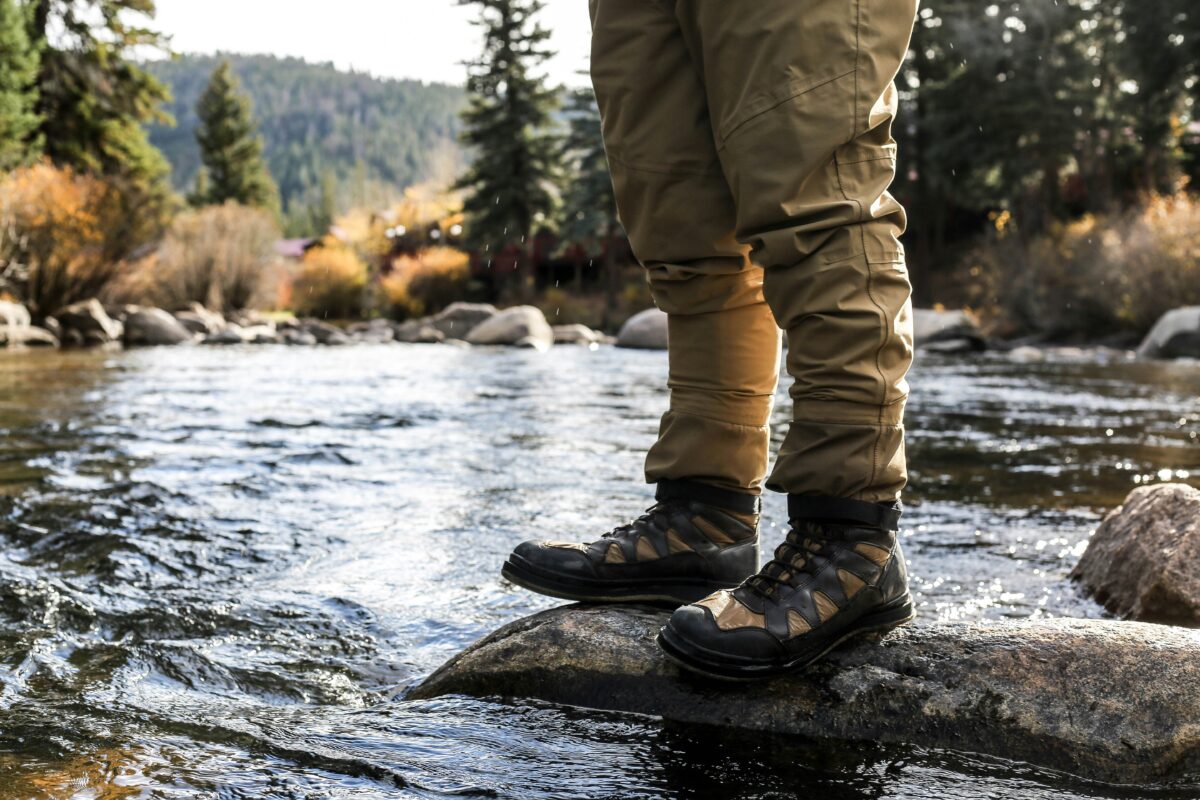 The Badlands host herds of bison and bighorn sheep, with black-footed ferrets stalking prairie dog colonies—a species once thought extinct. Migratory birds fly overhead; bald eagles perch along the Missouri River while flocks of waterfowl glide along glacial lakes. The state’s grasslands swarm with pronghorn, ring-necked pheasants – just beware of the subtle rattle of the Prairie Rattlesnake, South Dakota’s only venomous snake.
The Badlands host herds of bison and bighorn sheep, with black-footed ferrets stalking prairie dog colonies—a species once thought extinct. Migratory birds fly overhead; bald eagles perch along the Missouri River while flocks of waterfowl glide along glacial lakes. The state’s grasslands swarm with pronghorn, ring-necked pheasants – just beware of the subtle rattle of the Prairie Rattlesnake, South Dakota’s only venomous snake.
Fauna: American Bison, Pronghorn Antelope, Black-footed Ferret, Mountain Lion and Elk, Ring-necked Pheasant, Northern Leopard Frog and Tiger Salamander
Flora: Big Bluestem and Switchgrass, Prairie Wildflowers, Ponderosa Pine and Quaking Aspen, Cottonwood and Burr Oak, Prairie Pothole Wetlands (hosting cattails, sedges, breeding grounds for waterfowl.
